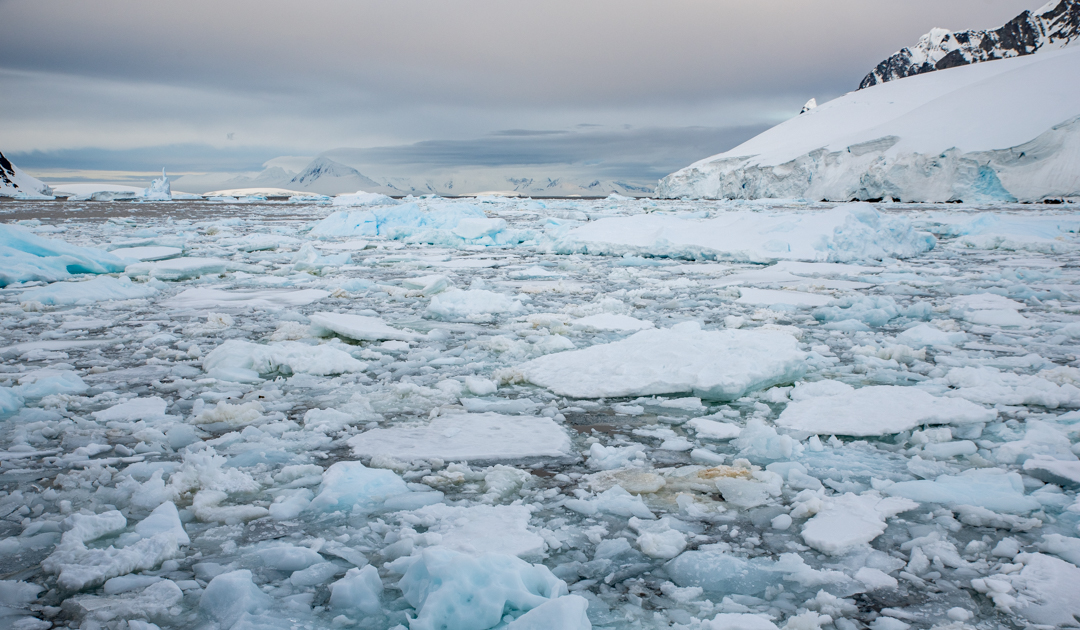
The Antarctic Peninsula is the region on the frozen continent most affected by climate change. The increase in air temperature here has been one of the largest globally over the last 50 years. But although the Antarctic Peninsula has been the focus of climate research for decades, experts have found it difficult to predict how temperatures will rise. The influence of natural aerosols and clouds on the amount of sunlight absorbed by the Earth and on the energy radiated back into space was largely unknown. According to a new study, scientists have now discovered a natural source of particles that are partly responsible for cloud formation in the region, contributing to the rise in temperature.
Cloud formation occurs when particles are present in the atmosphere that serve as condensation nuclei. Around these particles, which typically have a size of 0.2 micrometers, water vapor condenses when humidity is high enough, and water droplets form, which in turn form clouds. In the region around the Antarctic Peninsula, most of the new particles are apparently formed in air masses originating from the Weddell Sea, scientists found during investigations. The partially ice-covered Weddell Sea is a significant source of sulfur gases and alkylamines (ammonia derivatives), which are responsible for ‘seeding’ the particles.

For the new study, published in the journal Nature Geoscience, an international team of scientists from the University of Birmingham, the Institute of Marine Science, Barcelona, Spain, and King Abdulaziz University, Jeddah, Saudi Arabia, studied new particle formation in summer in the open ocean and on the coast of the Antarctic Peninsula. The study shows that elevated concentrations of sulfuric acid and alkylamines are crucial for the formation of new particles in the northern Antarctic Peninsula region. According to the researchers, this newly discovered formation pathway is more efficient than those previously observed. In contrast, higher concentrations of other chemical compounds did not contribute to measurable particle formation.
“New particle formation is globally one of the major sources of aerosol particles and cloud condensation nuclei. This previously overlooked pathway to natural aerosol formation could prove a key tool in predicting the future climate of polar regions.”
Roy Harrison OBE, Professor of Environmental Health at the University of Birmingham and co-author of the study
As Roy Harrison explains, the key to understanding climate change in Antarctica lies in the study of particles formed in the atmosphere by the chemical reaction of gases. The clouds that form as a result reflect radiation back from the Earth, causing the lower atmosphere to warm. In the region around the Antarctic Peninsula, sulfuric acid amine compounds are primarily responsible for this. Antarctic waters with a high proportion of sea ice, such as the Weddell Sea, are particularly rich in amines.
Aerosol particles and cloud condensation nuclei are formed globally mainly by new particle formation, and previous studies suggest that natural aerosols contribute disproportionately to global warming.
Julia Hager, PolarJournal
More on the subject:





